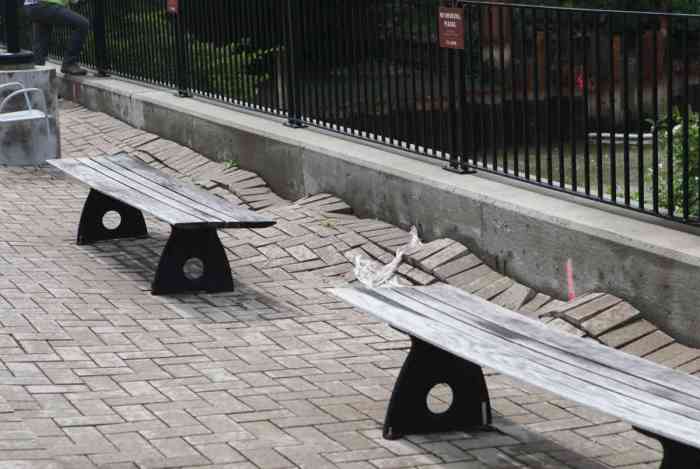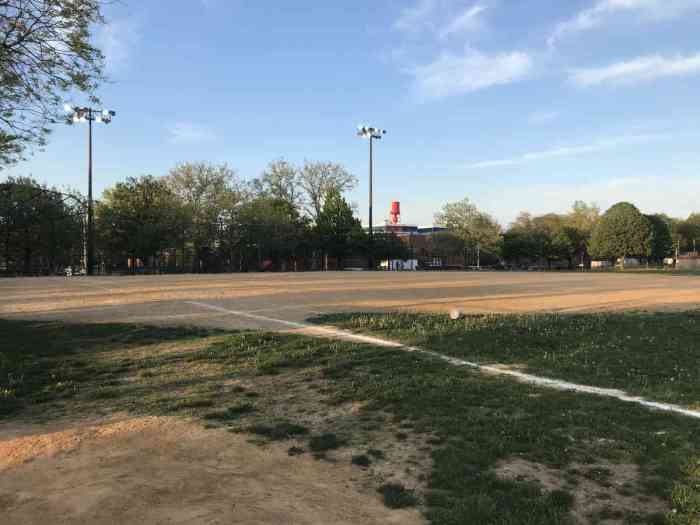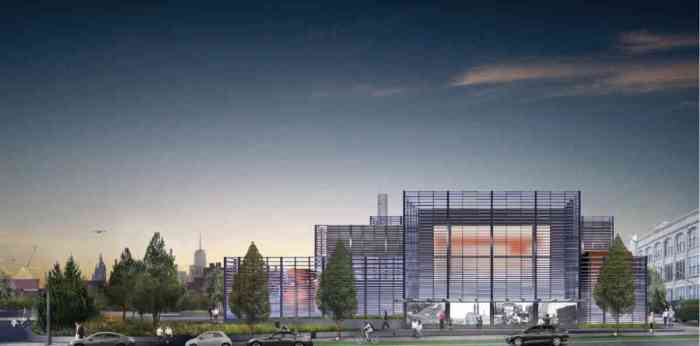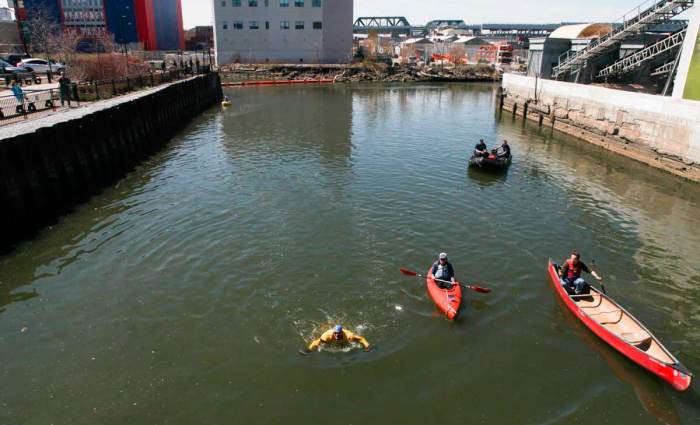The Environmental Protection Agency is giving the city and other polluters six months to official kick off the long-awaited cleanup of the Gowanus Canal.
The federal agency issued the order on Tuesday to begin the first of three phases of work — which officials peg at lasting two-and-a-half years and costing roughly $125 million — that will comprise the massive environmental project.
The order affects six parties that the agency has held responsible for polluting the fetid waterway — National Grid, Con Edison, the Hess Corporation, Honeywell International, the Brooklyn Improvement Company and the City of New York — which are required to begin dredging and capping the upper section of the Gowanus from its head at Butler Street to S. Third Street.
The cleanup also calls for the the restoration of a defunct offshoot of the canal, called the First Street Turning Basin, which will be dredged, decontaminated, and revitalized as a wetlands area.
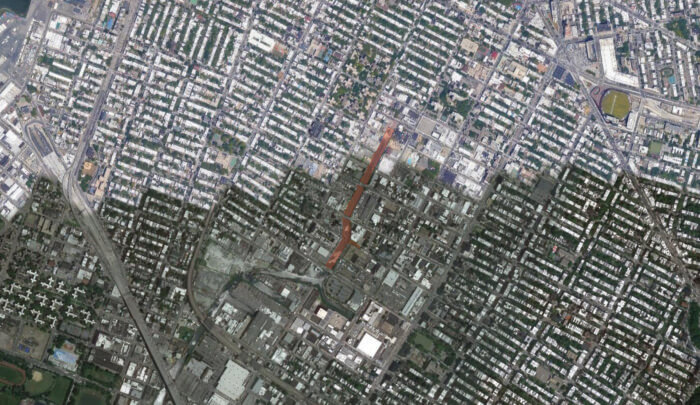
The EPA and New York State’s departments of Environmental Conservation and Health will oversee the work, which will start after they finish installing the necessary bulkheads along the banks.
Uncle Sam hopes to fund the cleanup in part through settlements its seeking with 30 other private and federal government entities responsible for polluting Brooklyn’s Nautical Purgatory, albeit, to a lesser degree than the six main offenders.
The order comes nearly a decade after the EPA designated the 1.8 mile canal a Superfund Site in March of 2010, despite opposition from the city and development interests at the time.
The cleanse will entail dredging the section of the canal bed and excavating the basin of the heavily-contaminated sediment known as the “black mayonnaise” — where more than a dozen toxic materials have gathered over a century of heavy industrial and sewage waste discharge into the waterway.
The agency will task the parties with sealing the cleared areas with a multilayer cap on top and mix some of the native sediment beneath it with cement to prevent further contamination.
Inspectors have found the sediment to contain high amounts of toxic chemicals and heavy metals, such as mercury, lead, and copper, along with traces of dog poop and even gonorrhea!
Meanwhile, the EPA will move forward with a plan to install two massive retention tanks to capture future stormwater runoff and sewage, after the feds tossed a city proposal to build an underground tunnel to do the job last September.
Trucks will haul the muck out of the First Street Turning Basin, while barges will ship out the black mayonnaise, necessitating draw bridges around the canal to rise more frequently, causing road delays. The agency will manage traffic in partnership with the city’s Department of Transportation, a regional EPA rep told a local watchdog group Tuesday.
“There will be some fairly sizable impacts on bridge openings,” Brian Carr told the Gowanus Canal Advisory Group.
Workers will also periodically shut off the ancient flushing tunnel that pushes water from the channel into the New York Harbor, Carr said.
One CAG member said the city should use more barges instead of trucks to clear the First Street turning basin.
“From my point of view a barge is infinitely more desirable than a bunch of trucks,” said Louis Kleinman, who represents the non-profit Waterfront Alliance on the CAG.
Carr said that the agency hasn’t made a final decision to use trucks, but noted that a barge wouldn’t be able to move in and out of the basin, which will be sealed off to prevent muck from discharging into the main body of the canal.
“There are upsides and downsides to both [barges and trucks] — I don’t think we’ve made an absolute final decision,” he said.
The feds plan to approve a contract for the work with the parties by the end of February and allow for them to get prepare for the work in the months leading up to September, according to Carr.















